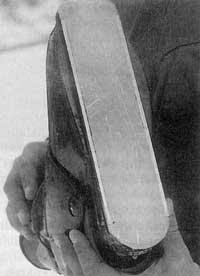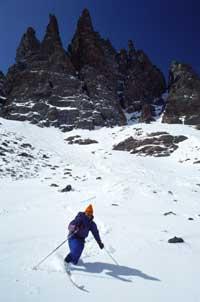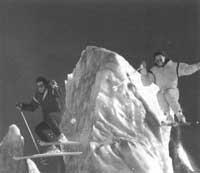What will the skis of the future look like?
2003/03/09 Galarraga Aiestaran, Ana - Elhuyar Zientzia
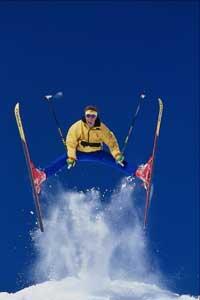
In recent years the appearance of skis has changed considerably. Compared to skis a few years ago, the current skis of different modalities are shorter and have a wider blade and a narrower waist. Although the skis of the new design have forced to change the ski technique, the benefits are evident.
For example, when turning with the old long and straight skis, the turn slowed down at a given time. For narrow waist skis, tours are easier, cleaner and more stable. In addition, to start spinning it is not necessary to make force to bend the skis, so less strength is lost. Knowing all this, it is no surprise that the new skis have such a good reception and that skiers get familiar so quickly.
Evolution of the centuries
Although this change of appearance has meant a revolution, it is not at all the only change in the history of skis. Skis were invented 2,500 years ago and have undergone very few changes for hundreds of years. In the beginning, skis were designed for transport: in the snowy areas it was very expensive to go from one side to the other on foot, and to facilitate transport they used long boards tied to the legs. These boards had the end up and looked for the most suitable woods. But in no case were the slopes designed to lower as soon as possible.
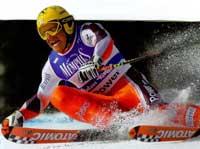
Ski competitions did not begin until 1767, in Scandinavia, of course. Only the military participated in these competitions and in 1843 the first ski race was held among civilians. The sport has not spread very quickly, especially because you can not ski anywhere.
XIX. In the mid-twentieth century appeared in Telemark, Norway, the forerunner of the current ski slope. The city named a type of ski, which were long and narrow, curved in the center and whose initial and final ends were wider than the center. Thanks to this, by making strength on the edge of the ski, the ski turned. At the same time, a new ski mooring system was invented to the heels, which allowed much better control of the movements of the skis. XIX. At the end of the 20th century, Telemark opened with skis, and at the end of the 20th century. In the nineteenth century they were also widely used.
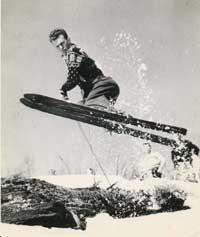
Since the end of the last century the changes have been constant. First, solid wooden skis were replaced by stratified skis. Subsequently, the skis of metallic snout, of plastic base, that interspersed in the form of sandwich metallic and wooden layers, of fiberglass, with foam heart, with tremor reduction system, and finally, the skis short of very narrow waist.
Boots are also important
Boots have the same importance as skis in the form of skiing and, like skis, they have changed a lot over time. The biggest change has occurred in the way of associating with orders. Before they joined the skis with leather ribbons, but then the ears were invented. This made the link much better and the skier could control skis better than ever. Then two pairs of boots began to be used, the most rigid exteriors and the softer interiors. The first plastic boots also appeared, the moorings were changed, the boots that are dressed from behind were invented...
These changes have made the connection between the foot and the ski correct. Now it is enough to move a little the foot so that the ski responds to this movement, so you have to do much less force than before. Also, the skier must use force in another way: before he made the force with the upper part of the body, then with the hips and pelvis, later with the legs and knees, and now the feet have protagonism.
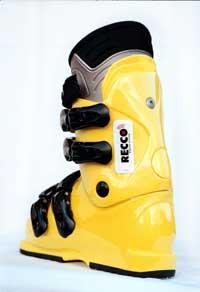
However, with normal boots the ankle is too attached and movements are limited. To overcome it new boots appeared on the market. These boots are made of plastic, but have the plastic cut on the front and have been replaced by a flexible synthetic material. These boots dress and give up easily, do not limit the movement of the ankle and guarantee the stability back and side.
What news in the future?
Scientists have bet on the increasingly narrow ski wars that will be shortened in the long. But they will have to face a problem, short skis vibrate more. How will they solve it? We will know the answer in the coming years. In the meantime, enjoy the last days of the ski season and... live the heart, next year will also come winter!
Published in 7K.

Gai honi buruzko eduki gehiago
Elhuyarrek garatutako teknologia




